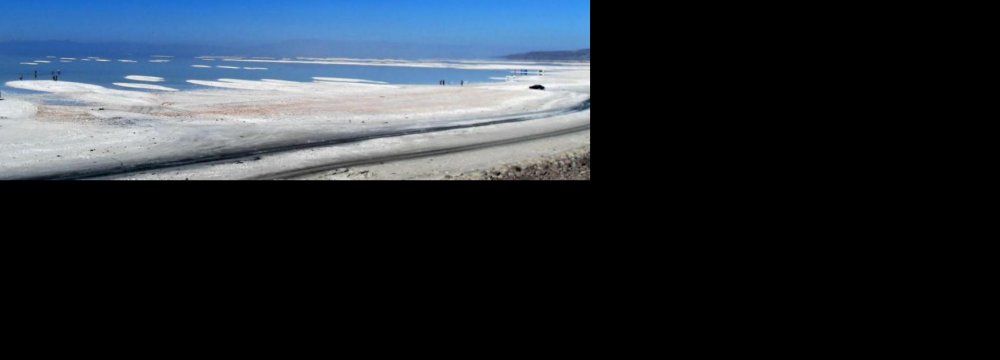The ‘No Farming’ Program launched by Urumia Lake Recovery Headquarters has become operational, Mehr News reported. The program temporarily directs waters of Zarrinerud irrigation network back into Urumia Lake, West Azerbaijan.
Close to 50,000 hectares of agricultural lands around the lake will be leased to the government. A total of $93,727,740 is allocated to the program, and the farmers will be compensated for their loss.
Lake Urumia, once Iran’s largest salt lake, has been reduced it to just five percent of its original capacity as a result of wasteful irrigation practices and large-scale damming.
There are at least four other lakes in the world that share the same fate as Urumia, according to the Lake Scientist (lakescientist.com), they are:
Aral Sea
In the 1800s the lake’s waters stretched so far that the Russian navy would deploy ships to patrol it. The Aral Sea once had an area larger than 26,000 square miles, but irrigation projects to support rice and cotton fields have significantly diminished its reach.
Cachuma Lake
A casualty of the ongoing California drought, Cachuma Lake is dwindling away. It serves as a popular spot for recreation and as a source of drinking water for 200,000 people. The lake’s low levels – at less than 40 percent capacity – threaten those uses.
Dead Sea
The Dead Sea is shrinking because of water diversions affecting the Jordan River that feeds it. The lower levels have been followed by a groundwater drop. There are plans to divert water from the Red Sea to the lake, but this would disrupt the Dead Sea’s salinity.
Lake Waiau
Once thought of as a sacred body of water by native Hawaiians, Lake Waiau is Hawaii’s only alpine lake. It has shrunk from a maximum depth of about one meter to only 30 centimeters. The cause of the decline is not yet known and the U.S. Geological Survey says it is unprecedented in recent times.





